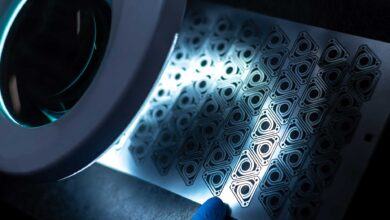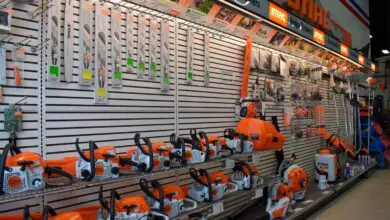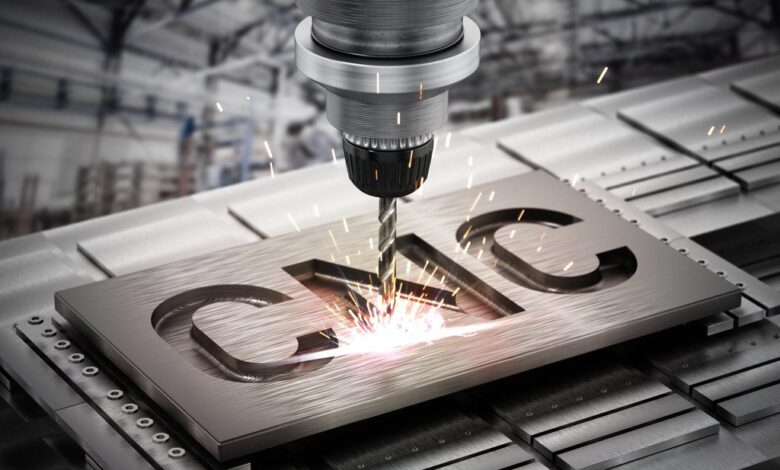
How to Operate a CNC Machine – 8 Basics You Should Know in 2024
In order for anyone to begin their journey in the universe of CNC manufacturing, they’ll need to ensure that they comprehend the essential concepts of operating such a device. Once you determine what machine type might be fitting for your requirements, you could then start learning everything there is about operating it.
However, if you’re a complete beginner, you might be wondering – what are the 8 basic things that I have to know about operating a CNC machine? Luckily for all people looking for an answer to this question, the tutorial below might shed some light on the entire topic. Let’s take a closer look at what you should know:
1. Firstly, Opt For a Type
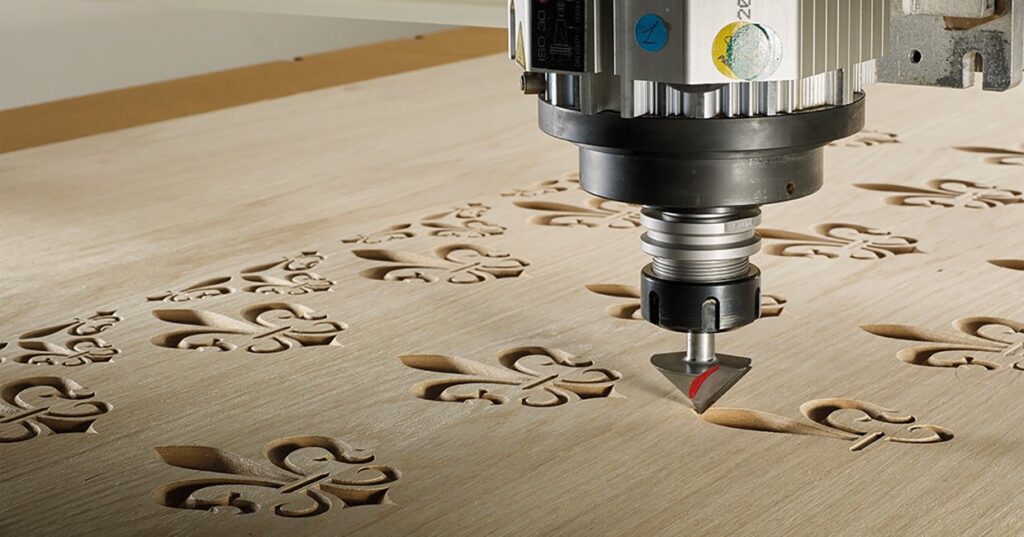
Before you take a glance at any other tip from this list, you’ll first have to opt for a CNC device that is suitable for your plans. In most situations, people choose between options a plasma table, 3D printer, or a CNC Router such as the one featured on elephant-cnc. There is a variety of CNC machines such as CNC Lathe, Milling Machines, and CNC Bed Mill. Once you do some digging and determine what might be suitable for your plans, you could then place an order on the device, and while you’re waiting for it, you must discover how to operate it.
2. Second, Create a Scheme of The Component
The next thing you should do is to create a design of the component you’re considering making in a CAD program. It could be based on literally anything including a picture, drawing, certain specifications, or any other concept that you have. Now, you’ll have to idealize a component. What does this imply? Well, basically, it should be idealized because you won’t know exactly how simple it’ll be to complete the component.
Expert designers and machinists will know exactly what they’ll have to do in order to avoid different problems during the manufacturing stage, however, since you’re a novice, you’ll need to discover on your own what changes you have to make to the design to make the production process easy. CNC manufacturing is easy, but you’ll certainly have to make some mistakes in the beginning, especially since you’ll be capable of learning from them.
3. Finish The Design + Get an Outline
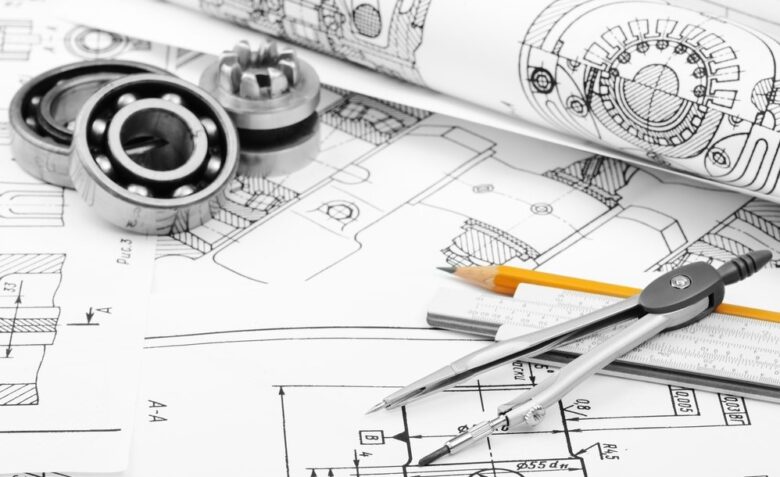
During this step, you’ll have to estimate how easy or complex it is to create the component, you could improve the plan in order for it to suit your needs and make it simpler to create, and you’ll need to think of a plan on how you’ll obtain the piece, something that you could do by capturing it in your set-up sheet form. Once you obtain the CAD design and the sheet outline, you can slowly move into CAM or hand-coding something that’ll allow you to build a G-code component program.
4. Setting up The Device to Run The Component
During this step, you’ll have to ensure that the device is ready and capable of running the component you desire to manufacture. This means that you must ensure that all the important tools are in the toolbox, check if the program is loaded, and see if the device is generally ready for operating. Once you do, you could move on to the following tip.
5. Proofing The Software is Necessary
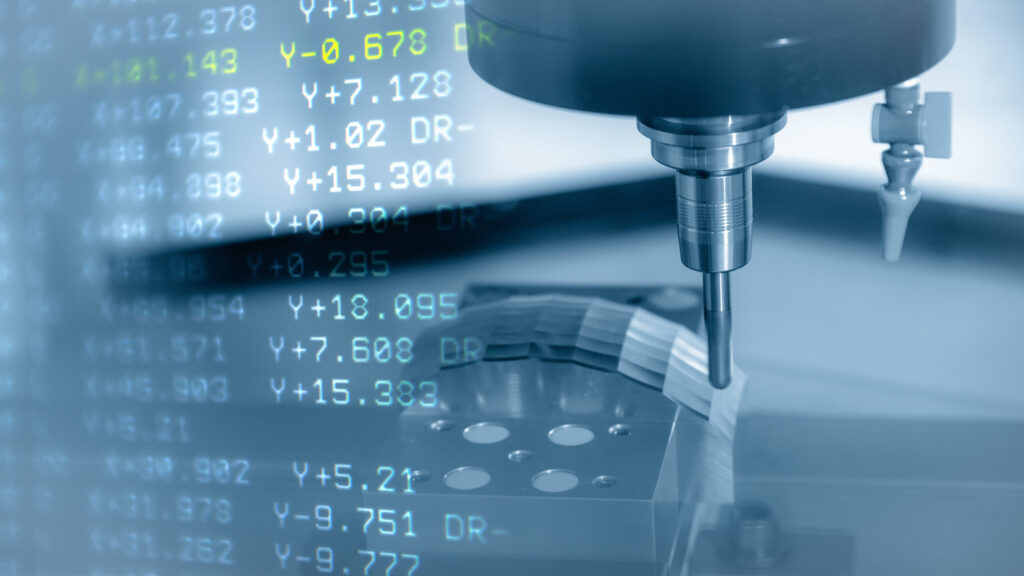
Before you could make any real cuts with your device, you’ll have to prove the software. The entire purpose of proofing it is to confirm whether or not the plan is accurate and if the device is set up properly so that you could guarantee that there won’t be any problems when you run the G-code. You can finish this step by either cutting air – which is quite easy but could be quite long – or you could utilize a simulator – which is commonly referred to as a G-code simulator.
6. Start The Manufacturing Process
After you double-check every single thing mentioned in the list above, you’ll finally be capable of starting the process of producing the components you designed. Keep in mind, you mustn’t skip any of the steps mentioned above, especially since it’ll ensure that the end product comes as you designed it.
7. Check The Components
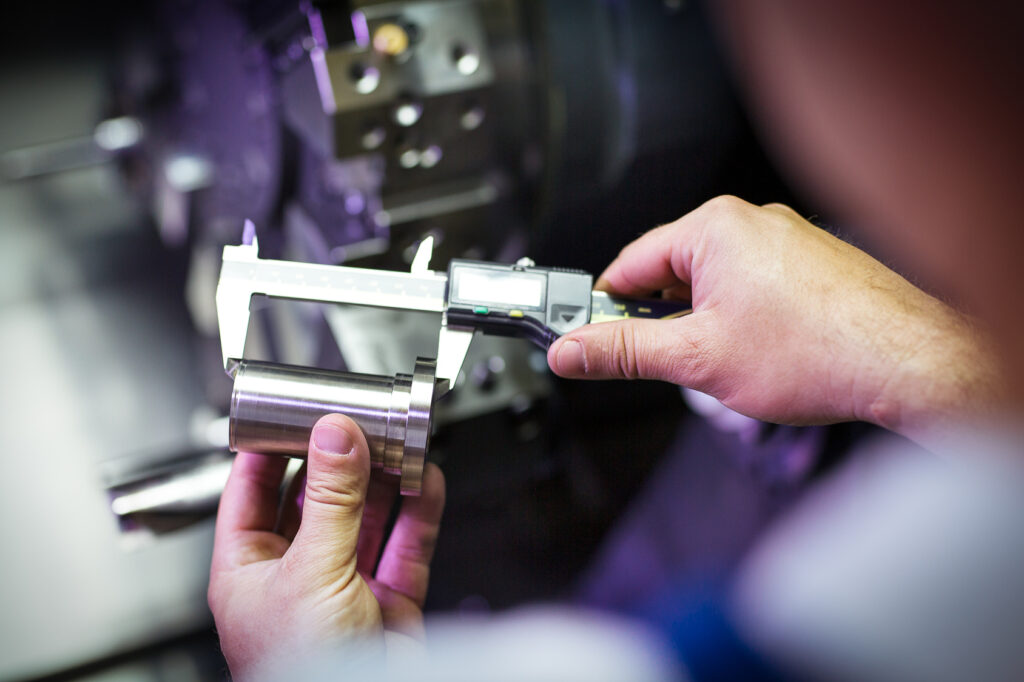
It would be quite easy if you had to stop at tip number six, however, you’re not done yet. Once your components are completed, you should inspect all of them, something that is often called ‘Quality Control’. During this step, you’ll have to closely inspect all of the components. Why should you do this? Well, by doing so, you’ll ensure that the pieces meet all the specs, exterior finishes, and tolerances that you needed them to have.
8. Complete The Components
Last on the list of basics that you’ll need to learn is that you’ll need to finish your components. Now, this is a completely optional thing, especially since the pieces might not need the finish. Nonetheless, there are various forms of finishing starting from painting to anodizing them, and going all the way to drop blasting and other techniques.
What Materials Can I Use?
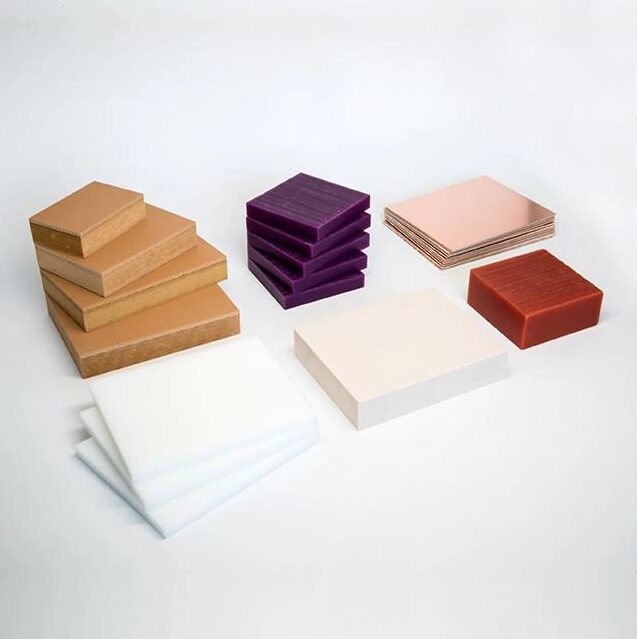
Generally speaking, almost any material could be utilized with these machines. However, this will mostly rely on the project you have. Of course, the devices offer incredible diversity, meaning that you could use them for completing almost any design that you have in mind. Some of the most frequent materials used in these manufacturing processes include alloys, iron, copper, aluminum, fiberglass, foam, lumber, plastics, and so on.
Depending on what you need or want to manufacture, you could choose either of the materials. Keep in mind, each material has its own characteristics, which is why you must ensure that you opt for a suitable one for your design and project. By doing so, you’ll guarantee that you get exactly what you require from the CNC machine.
Conclusion
Although it might be difficult for you to start CNC machining, with a little practice and knowledge, you can be quite successful. And, if you opt for following some or all the tips mentioned in the article above, you’ll definitely make the entire manufacturing and learning process easier, less time-consuming, and more importantly, you’ll make it safe.
So, now that you’re aware of all the things you can and should do, you might not want to lose any more of your time. Instead, return to the beginning of the list, go through it once more, and then start thoroughly learning everything there is about each step we mentioned in this article.


